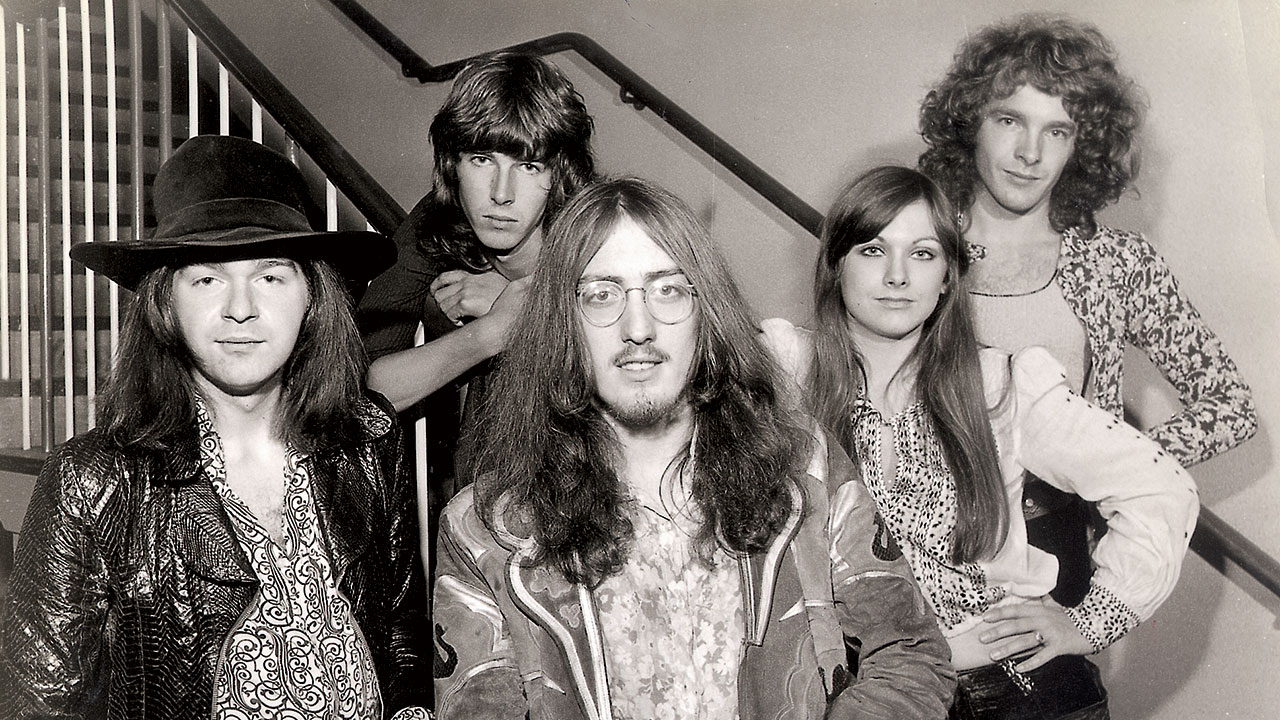Curved Air were different. Even in the early 1970s when being individual was the norm, this was one band that somehow stood apart from everyone. And vocalist Sonja Kristina believes she knows why.
“For a start, it was rare for any progressive band at the time to have a female singer. It just didn’t seem to happen. And secondly, we combined rock music with innovation. By that I mean that Darryl [Way, violin/vocals] and Francis [Monkman, guitar/keyboards] were heavily into the sounds coming from the West Coast of America, and also people like Jimi Hendrix. You add in an interest in the modern classical music scene back then and you have Curved Air.
“I think all of this made us more accessible. I’m not knocking what bands like King Crimson and Yes were doing at all, but they could come over as being very precious.”
Kristina’s arrival in the band was belated, albeit vital. Way, Monkman, bassist Rob Martin and the gloriously named drummer Florian Pilkington-Miksa were already together and searching for the right singer.
“I had been in a production of Hair for two years,” recalls Sonja. “During that time I’d fallen pregnant and had my first child. But the only performance I missed in all that time was when I gave birth. Now, I was managed by a chap called Roy Guest, who was very big on the folk scene. He got to hear about this group of musicians who were looking for a female singer. So, that’s how I met up with the band.”
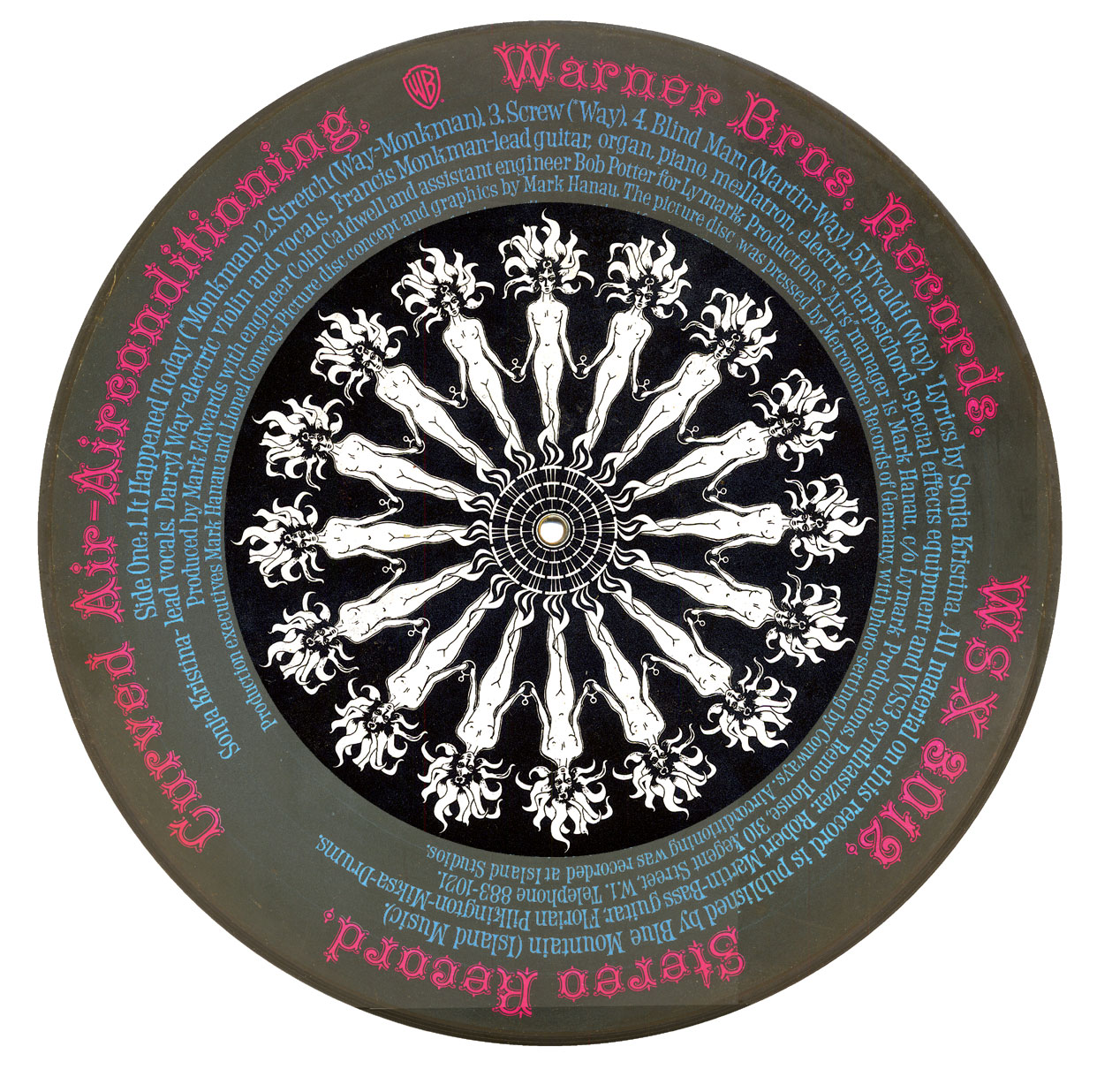
At first, things didn’t exactly go completely smoothly. Indeed, everything became a little surreal and Sonja found herself isolated.
“One day, the guys just decided that maybe they didn’t want a girl fronting the band after all. So, there was this situation where they made me wait in another room while they all took turns trying to sing. Eventually after they’d all had a go, the boys came to the decision that, yes, I was needed. I suppose it was a little rude. However, once they’d realised I could do the job, then things were fine.”
But Sonja was still put in her place by one, unnamed, member of the band.
“I won’t tell you who it was, but he just said to me one day that the music was the most important thing and that I had to just fit in wherever I could. And if I found it difficult to sing a tune in a certain key, then tough, I just had to deal with it. Oddly, this is someone I get on very well with!”
The next challenge for Sonja was to come up with suitable lyrics for music that had already been created by the others. But it was something she tackled with a real relish.
“There were some tunes that were only half-formed, so I could help to mould them. Others just needed words. So I dug deep into my psyche to come up with the lines. But the music was so atmospheric, it really was a pleasure to do it.”
At the time, all of the band lived in one flat in Hampstead, North West London. This was to become a haven for artists and musicians.
“That place was amazing. Apart from us, the cast of Hair were also in the building. And at different times, you had members of Led Zeppelin, Hot Chocolate, Stone The Crows, America and Roy Harper in and out. Someone should put up a blue plaque there [87 Redington Road, if you’re keen to visit], it was an incredible time.
“We were travelling up and down the country in a Transit van, taking turns to drive, even though only one of us had a driver’s licence! We had all the equipment stuffed in there, and played every club we could. But it was important, because it helped to really develop the songs for the first album.”
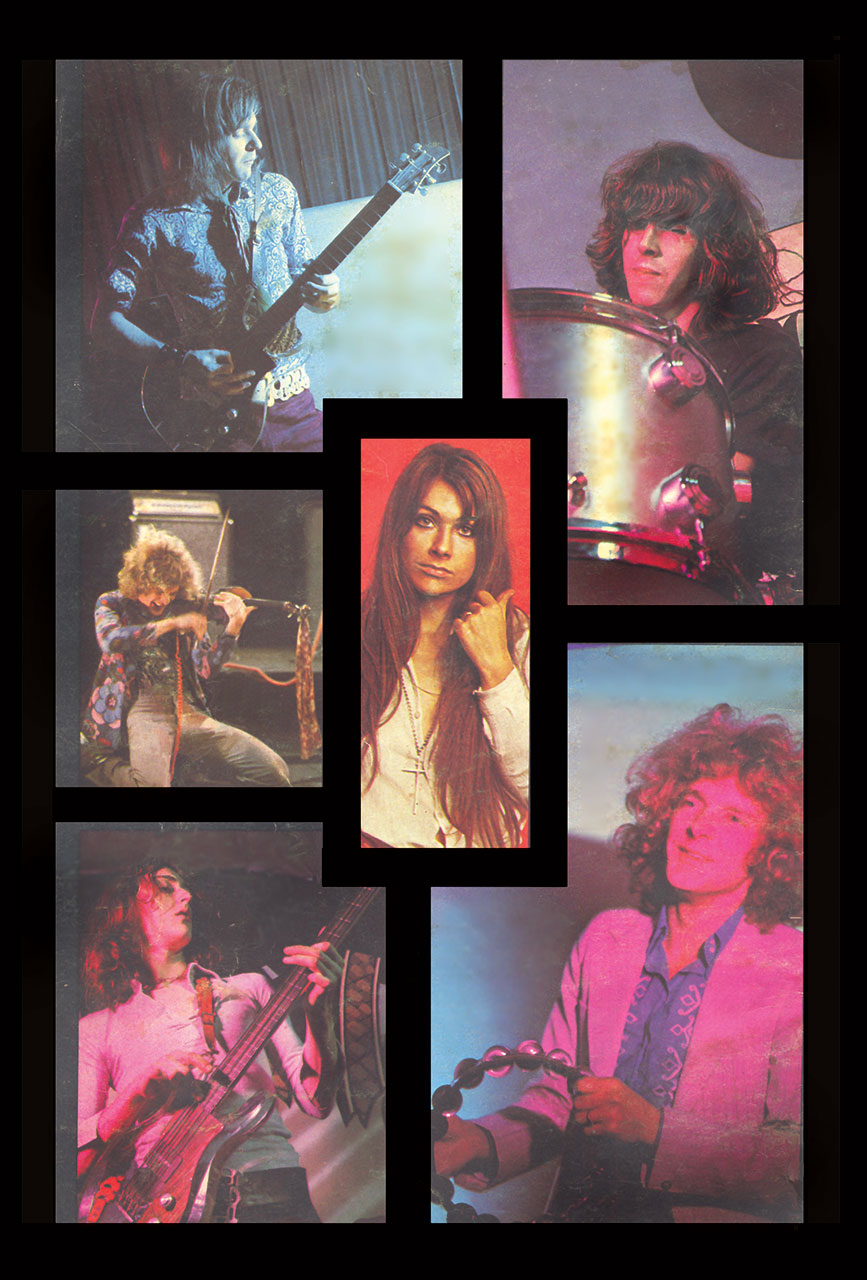
In 1970, Curved Air (now signed to Warner Bros via Lymark Productions, a company started by manager Mark Hanau) went into Island Studios in Basing Street London and recorded what was to become Airconditioning, released as their debut record in November that year. Sonja says the whole studio experience was extremely positive.
“It might have been because I was taking loads of psychedelics back then, but I remember it as a happy time. We were inexperienced still, and so was our producer Mark Edwards. But we got through it all. The important thing was that we captured the spirit and freshness of the band. We were really cooking, and it helped that all the songs had been worked out live.
“The studio itself was a huge room, with a great vibe. I recall having to sing on a raised platform, just three feet from the ceiling. But it was all quick and orderly.”
The only problem was that Martin had injured his hand which forced him to quit and left Curved Air without a bassist.
“Ian Eyre was just about to join us, but he wasn’t in the studio so Francis ended up playing all the bass parts.”
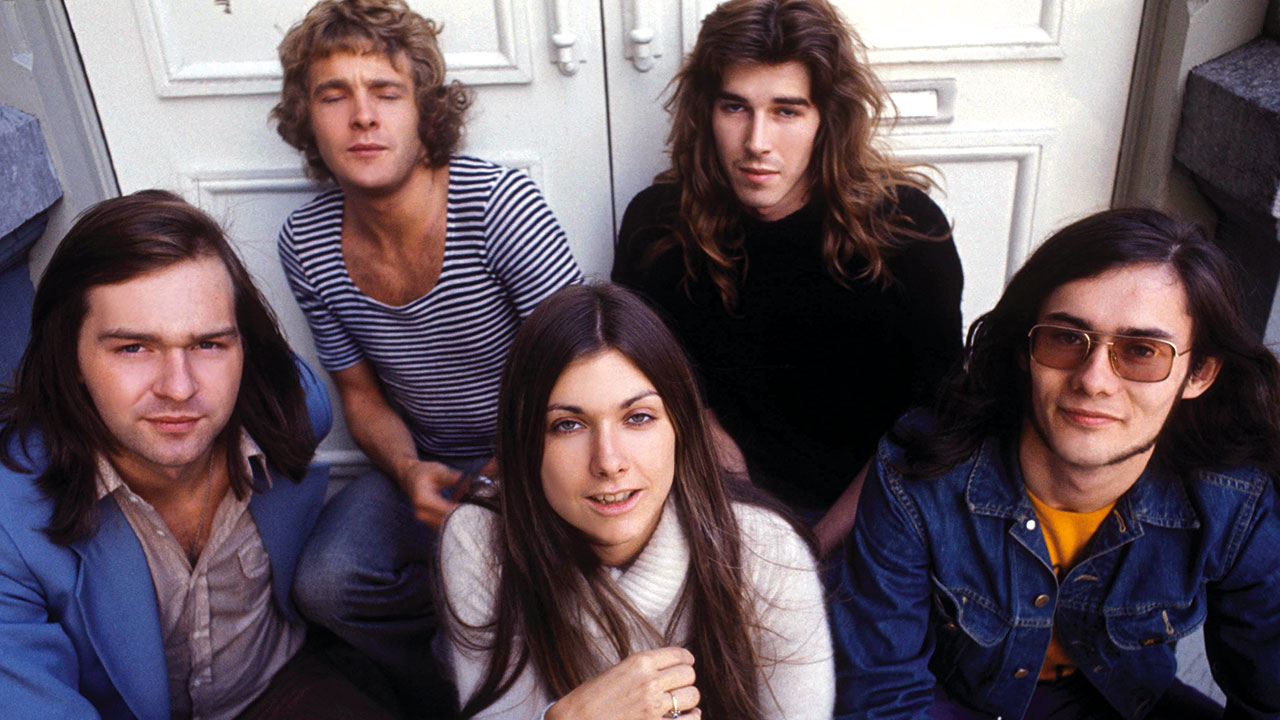
The album reached Number 8 in the UK charts, the highest position the band were ever to enjoy. But it wasn’t just the music that captured people’s imagination. The artwork was stunning, and stood out from many others in the record shop racks at the time.
“That was all the work of Mark Hanau,” Sonja affirms. “He had been a photographer and was really creative. I remember that, as part of our live show at the time, we had a strobe light mounted on a spinning replica of the front cover album art; it had this amazing psychedelic effect. Especially if you were tripping, as a lot of people were at our gigs.”
Airconditioning was also the first rock album to be released in a picture disc format, an idea Sonja credits as coming from Hanau.
“He had connections with a factory in Holland, who could manufacture this sort of thing, and got them to do it. I know that another British psychedelic band called Saturnalia try to lay claim to being the first rock band to do something like that. But their album [Magical Love] came after ours [it was released in 1973].
“The problem with the picture disc was that it had the artwork under clear vinyl and this kept on picking up static, so the sound quality wasn’t as good as on black vinyl. But it was still a really good idea.”
Hanau and Curved Air soon parted, falling out on the band’s first US tour.
“Things went wrong, and when that happens you always blame the manager. So we fired him.”
Now, Sonja looks back on Airconditioning with a huge degree of satisfaction: “It represented what we were all about at the time. I really do believe that we went into the studio and got exactly what we wanted. It was actually a really fine period to be in Curved Air. We were all getting along so well, and knew exactly where we were headed. I don’t think we ever had such a degree positivity on any of our other albums.”
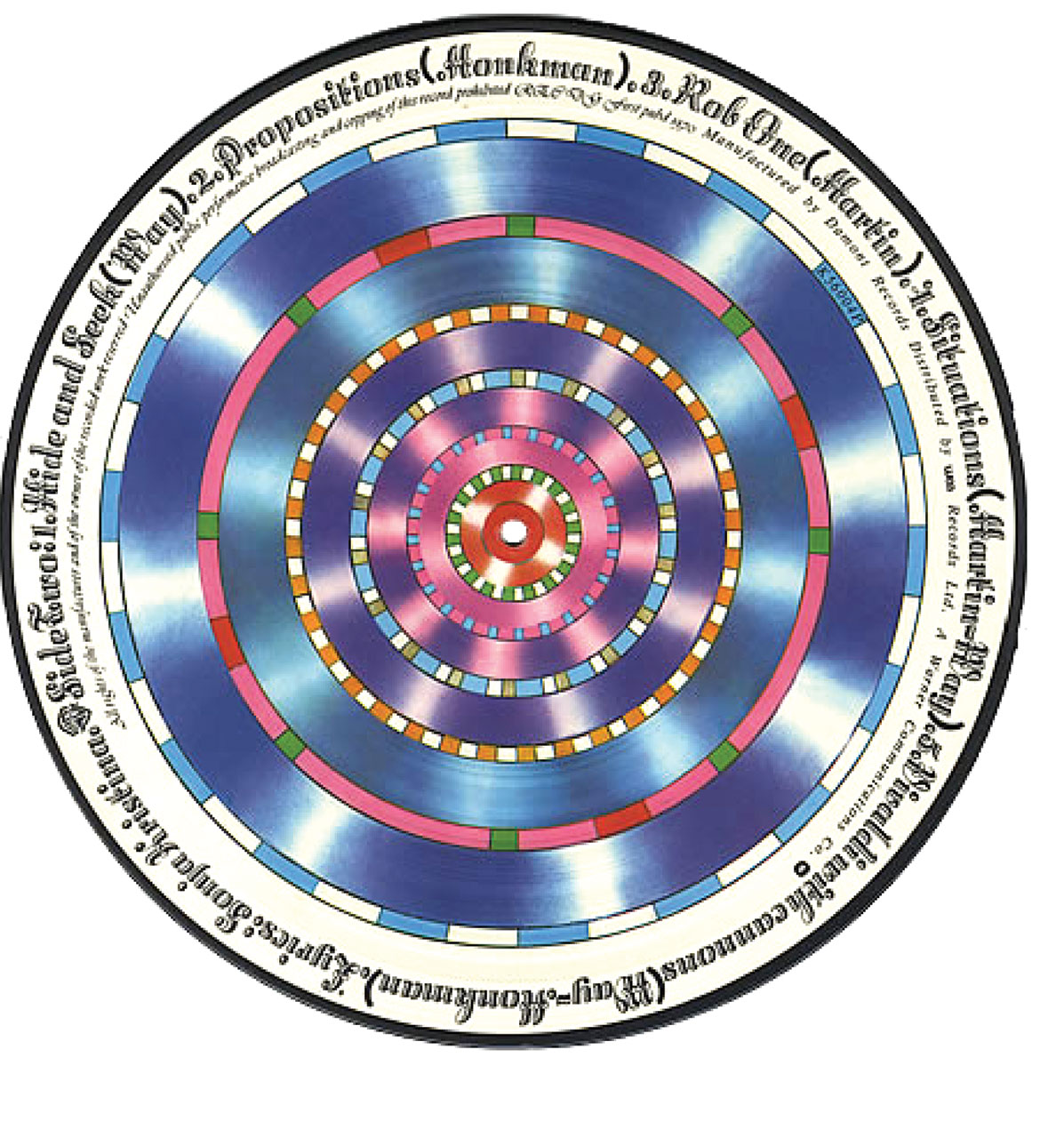
One-time Curved Air manager and creator of the Airconditioning art, concept and picture disc, Mark Hanau reveals his original thinking.
A trained and already notable photographer and designer, Mark Hanau was the man who really got Curved Air up and running.
“I was commissioned by Galt MacDermot (composer of Hair) to create the album art, programme and poster for his new musical, Who The Murderer Was. Galt had engaged Curved Air (before Sonja joined, and the name was coined) to play the music. When the show flopped I suggested to the guys that they stick together and I’d manage them. I was friends with Roy Guest [who was running the Beatles booking agency, NEMS] who also managed Sonja Kristina. When I told Roy I wanted to add a female vocalist, he suggested Sonja.”
But Hanau’s biggest contribution came with the artwork for Airconditioning.
“I was already an established record album designer. I designed most of the Transatlantic Records art. This is how I first became involved in the music business.
“I loved Art Nouveau, and the front cover art was my version of that style. It was produced by creating one segment, and then copying under a 10 x 8 DeVere copy camera and re-exposing it 16 times. The other side was airbrush art intended to animate when viewed using a strobe light. As you alter the strobe speed different rings stop, start, rotate clockwise or anti clockwise. A giant mock-up of the album on a giant record player was featured in the window of Tower Records on Kings Road, Chelsea. It caused traffic accidents and was banned, but not before it was used as the backdrop of a BBC2 special in which I was billed as ‘The leading authority on record marketing’!
“I designed the album [both sides] in just one day [it had to be on a plane to Germany at 8am the next morning]. I returned from Curved Air’s first US tour to find an invitation from New Musical Express to attend their awards. I’d won the Special Award for Best Album Art of 1971 and was amazed. Tony Blackburn presented me with the award, which was very ugly and had a strange smell. I kept it in my lavatory for years.”
The idea for the picture disc came from a promotional item he’d come across in Holland – for a travel agency.
“Crude picture discs had been around for quite a time [Vogue Records produced a vast number] – Adolf Hitler actually released a picture disc of one of his speeches. However, these were crude thin vinyl on card prints and sounded like hell. The Curved Air picture disc was the first commercial release anywhere in the world of a rock picture disc. I had a huge task convincing a record company to release one, and only by making it a condition of the deal did I force our label, Warner Bros, to comply. It was pressed by Metronome in Hamburg.”
Now running his own multimedia company in Los Angeles – AI Multimedia – Hanau has gone on to become an innovative and successful designer.
This article originally appeared in issue 6 of Prog Magazine.
